Why Iran Bombed Pakistan? Is the Middle East on the Brink of a Broader Conflict That Could Take The World Down?
The Middle East finds itself embroiled in a complex and escalating crisis, marked by recent events that have triggered heightened tensions among key nations. In particular, an incident involving an Iranian airstrike inside Pakistan, resulting in the death of innocent children, has sparked a wave of condemnations and warnings of retaliation. Simultaneously, Israel's relentless bombing of Gaza in response to Hamas' attacks has brought devastating consequences, further exacerbating hostilities in the region. As events escalate, the interconnected conflicts and geopolitical dynamics have the potential to escalate into a full-scale war.
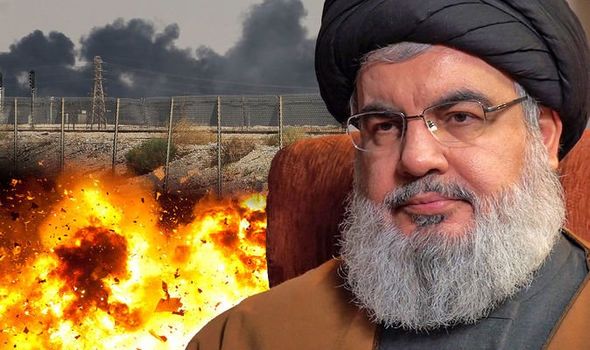
Urgent and questioning language permeates on the recent cross-border tensions between Pakistan and Iran.
On Tuesday, Pakistan vehemently condemned an Iranian airstrike within its borders that resulted in the tragic death of two children, describing it as an “unprovoked violation of its airspace,” Pakistan issued a stern warning of retaliation.
Iran claimed to have utilized “precision missile and drone strikes” to dismantle two strongholds of the Sunni militant group Jaish al-Adl, also known as Jaish al-Dhulm in Iran, situated in the Kouh-Sabz area of Pakistan’s Balochistan province.
The attack follows Iran’s missile launches in northern Iraq and Syria on Monday, escalating tensions in the already volatile Middle East, where Israel’s conflict in Gaza threatens to expand into a broader regional crisis.
In response, nuclear-armed Pakistan lodged a “strong protest” with a senior official in Iran’s Foreign Ministry in Tehran, emphasizing that the “responsibility for the consequences will lie squarely with Iran.”
In an image captured from Rudaw TV, smoke rises from a building struck in Erbil, Iraq, on Tuesday, January 16, 2024, following Iran’s missile strikes in northern Iraq and Syria, where it claimed to have destroyed an Israeli spy base.
The Jaish al-Adl militant group reported late Tuesday that Iran’s Revolutionary Guards deployed six attack drones and several rockets to destroy residences of its fighters’ families, resulting in casualties. Two small children lost their lives, while two women and a teenage girl sustained serious injuries.
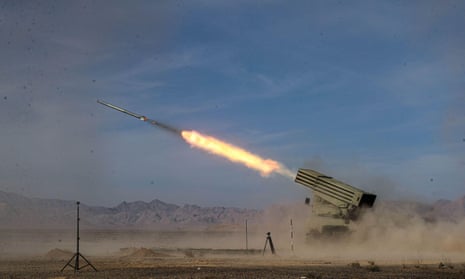
The Bases Of The Conflict
Last month, Iran accused Jaish al-Adl militants of storming a police station in the Iranian province of Sistan and Baluchistan, leading to the deaths of 11 Iranian police officers, according to Tasnim.
Jaish al-Adl, also known as the Army of Justice, operates as a separatist militant group on both sides of the border, claiming responsibility for previous attacks against Iranian targets with the goal of achieving independence for Iran’s Sistan and Baluchistan province.
The strikes in Pakistan occurred a day after Iran’s Revolutionary Guards launched ballistic missiles, targeting what they claimed was an Israeli spy base in Erbil, northern Iraq, and “anti-Iran terror groups” in Syria.
Iran defended these actions as a “precise and targeted” operation to counter security threats, as stated by Iranian foreign ministry spokesperson Nasser Kanaani on Tuesday.
International Response
Iran’s actions raise concerns about the potential escalation of Israel’s conflict in Gaza into a full-scale war in the Middle East, with serious humanitarian, political, and economic consequences.
The United States condemned the attacks as “reckless” and imprecise, while the United Nations emphasized the need for addressing security concerns through dialogue, not military strikes.
Iraq lodged a complaint with the UN Security Council and the UN on Tuesday, refuting the presence of Mossad-affiliated centers in Erbil in the semi-autonomous Kurdistan region, where Iran claimed to have targeted a spy base.
The Root And The Red Sea Conflict
Heightened concerns about an escalating war arise from Israel’s relentless bombing of Gaza, initiated in response to Hamas’ terror attacks on October 7.
However, the conflict’s repercussions extend beyond Gaza, as Iran’s allies and proxies, collectively known as the “axis of resistance,” launch attacks on Israeli forces and their allies.
On Tuesday, the US military launched fresh strikes against Houthi targets in Yemen, targeting anti-ship ballistic missiles controlled by the Iran-backed rebel group. In a subsequent development, the Houthis launched a missile into international shipping lanes in the southern Red Sea, striking the Maltese-flagged bulk carrier M/V Zografia.
These strikes mark at least the third round of US military attacks on the Houthis’ infrastructure since the joint operation conducted by American and British forces last Thursday, with the operation aimed at targeting command and control nodes and weapons depots used by the Houthis for missile and drone attacks on commercial shipping in the Red Sea.
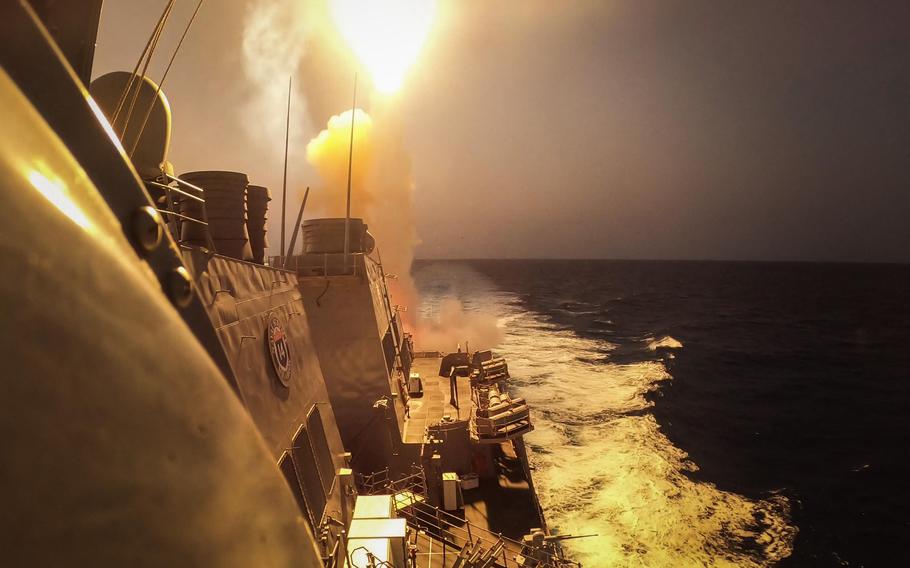
In Iraq and Syria, US troops continue to face rocket and drone attacks from Tehran’s proxies. Last week, the US conducted a strike in Baghdad, targeting a leader from an Iran-backed proxy group that Washington held responsible for attacks against US personnel in the region.
Simultaneously, conflict intensity has heightened along the Lebanon border between Israel and the potent Iran-backed group Hezbollah. On Sunday, Hezbollah chief Hassan Nasrallah pledged to persist with confrontations with Israeli forces on the Lebanon border until the conclusion of the Israeli offensive in Gaza.
Is the Middle East on the Brink of a Broader Conflict?
The Recent incidents, such as the assassination of senior Hamas official Saleh al-Arouri in Beirut, intensified attacks by Houthis on Red Sea ships, Islamic State bombings in Iran, and the killing of an Iran-backed militia leader in Iraq, underline the growing tensions across the Middle East.
These events present a grim portrayal of a region teetering on the edge of a more extensive war.
Impact of the Gaza War on Neighboring Countries
In the aftermath of the conflict in Gaza, Lebanon has borne the brunt among Israel’s neighbors.
The targeted killing of al-Arouri, situated in Hezbollah-controlled southern suburbs of Beirut, marked the Lebanese capital’s direct involvement in the conflict for the first time since hostilities erupted in October. This development raised concerns about a potential broader escalation.
Lebanese officials accused Israel of initiating a perilous new phase in the conflict. Despite these concerns, Hezbollah has indicated a desire to avoid a full-scale war with Israel.
Following al-Arouri’s killing on January 3, Hezbollah leader Hassan Nasrallah pledged a response, yet the retaliation has been more symbolic than impactful, limited to a rocket attack on a minor military base in northern Israel.
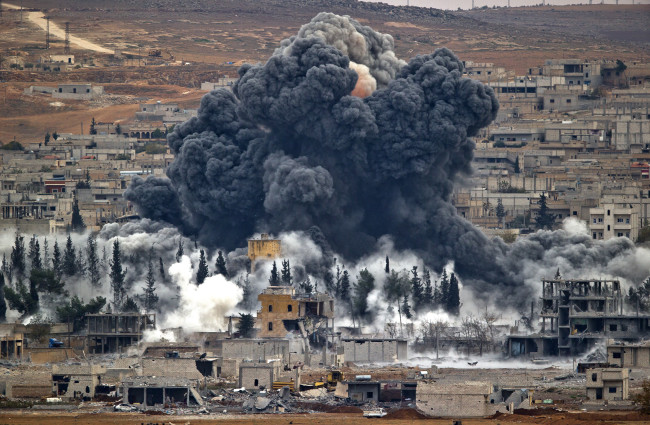
In response, Israel targeted locations in southern Lebanon, resulting in casualties, including seven Hezbollah fighters, including a senior commander.
While hostilities between Lebanon and Israel have, so far, remained low-intensity and confined to border areas, they have not been without consequences. Approximately 175 Lebanese, including 20 civilians, have lost their lives, with nearly 130 Hezbollah fighters reported dead.
In Israel, 15 individuals, including nine members of the Israeli Defense Forces, have been killed in the north. The conflict has triggered significant civilian displacement on both sides of the border, with approximately 80,000 Israelis forced to leave northern areas and an estimated 75,000 Lebanese displaced from southern Lebanon.
Despite the current status, concerns persist that Lebanon could be drawn into a larger conflict. Israeli officials express mounting frustration with the situation in northern Israel, emphasizing its increasing untenability.
Reportedly, Israel is demanding that Hezbollah relocate its forces six miles north of the border to allow Israeli civilians to return home.
Israeli Defense Minister Yoav Gallant warned that they are approaching a critical point, stating, “We prefer the path of an agreed-upon diplomatic settlement, but we are getting close to the point where the hourglass will turn over.”
In the aftermath of the October 7 Hamas terror attack, Israel reportedly contemplated a preemptive strike against Hezbollah in the early days but was dissuaded by President Biden and senior U.S. administration officials.
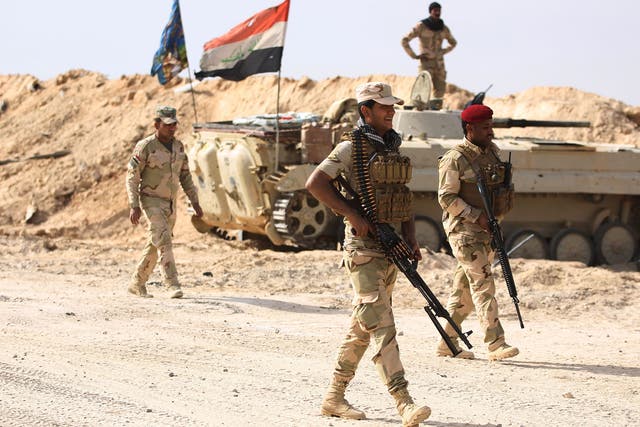
What is the likelihood of a broader conflict in the Middle East?
The Middle East is currently experiencing an unprecedented level of tension, unparalleled in recent history.
The region faces at least four significant flashpoints that could potentially trigger a more extensive war. Alongside the ongoing dynamics between Israel and Lebanon, the Red Sea, Iraq, and Syria have all become arenas where tensions from Gaza spill over.
Any significant escalation in these areas has the potential to rapidly evolve into a larger confrontation.
Red Sea
Since late October, the Houthis, an Iranian-backed Yemeni rebel group, have initiated numerous missile and drone strikes against commercial ships in the Red Sea. Additionally, they have launched ballistic missiles towards Israel.
In late November, the militant group conducted 25 attacks on Red Sea ships, incorporating an unmanned sea drone in its latest campaign on January 3.
Despite international efforts to deter Houthi attacks and ensure safe shipping, the group appears resilient, garnering global attention and domestic support.
Again, despite the creation of Operation Prosperity Guardian by the U.S. military to protect commercial shipping in the Red Sea, shipping giant Maersk decided to halt all Red Sea shipping due to increased risks, potentially contributing to global inflationary pressures.
Iraq
In an uncommon drone strike in Baghdad on January 4, U.S. military forces targeted the leader of Harakat al-Nujaba, an Iranian-backed militia responsible for attacks against U.S. forces in Iraq.
The strike was deemed “necessary and proportionate,” aiming to address the militia leader’s involvement in attacks against U.S. personnel.
Various Iranian-backed militia groups have targeted U.S. interests in Iraq and Syria over 120 times since October. The U.S. Embassy in Baghdad faced a dangerous escalation in early December when it was hit with seven mortar rounds.
Despite U.S. attempts to deter these attacks, the strike on the militia leader reflects an effort to restore deterrence without triggering a larger escalation.
The Iraqi government strongly condemned the January 4 U.S. strike, increasing pressure to expel the 2,500 U.S. troops crucial for countering ISIS in Iraq and Syria.

Syria
Since October 7, Israel has escalated its attacks on Syrian regime and Iran-related targets within Syria. Notably, Israeli airstrikes have targeted the Damascus airport, rendering it inoperable on multiple occasions.
In a significant event on December 25, an Israeli airstrike in a Shiite neighborhood in Damascus resulted in the death of a senior Iranian general, following the killing of two other Iranian generals earlier in December.
This series of Israeli strikes has heightened tensions, prompting Iran to vow retaliation against Israel. The backdrop for these actions is an escalating shadow war between Israel and Iran, much of which unfolds in Syria.
ISIS and Other Terrorist Groups
The ISIS-claimed attack in Kerman, Iran, serves as a stark reminder that non-state terrorist groups pose a threat to broader regional stability.
As these groups exploit existing tensions and vulnerabilities in the region, they continuously seek weaknesses and targets of opportunity.
Such attacks not only contribute to the potential for miscalculation but also pose a risk of unintended escalation.
The uncertainty surrounding the bombings initially led to accusations from some Iranian officials, heightening fears that the conflict in Gaza might be expanding into a larger regional conflagration.




